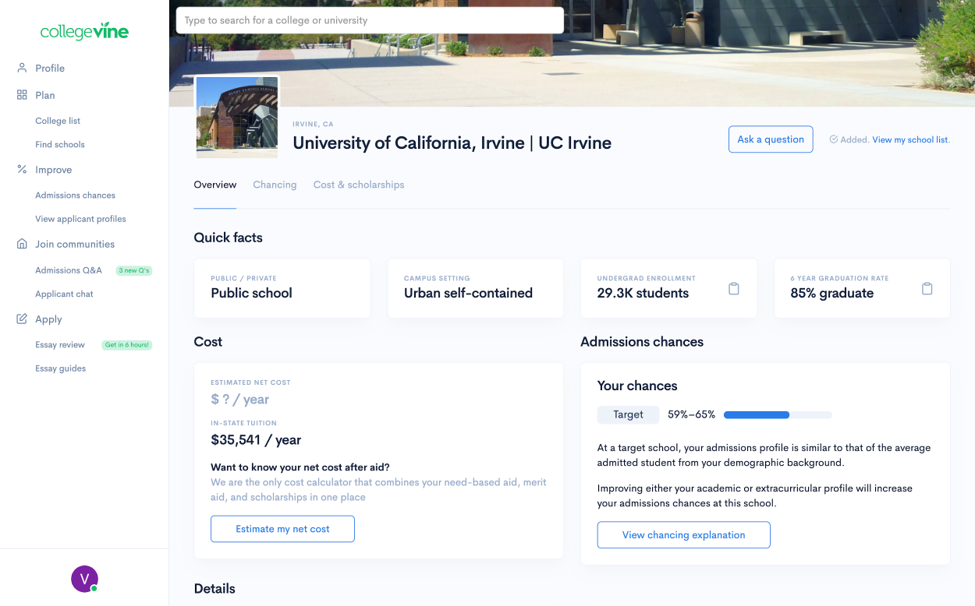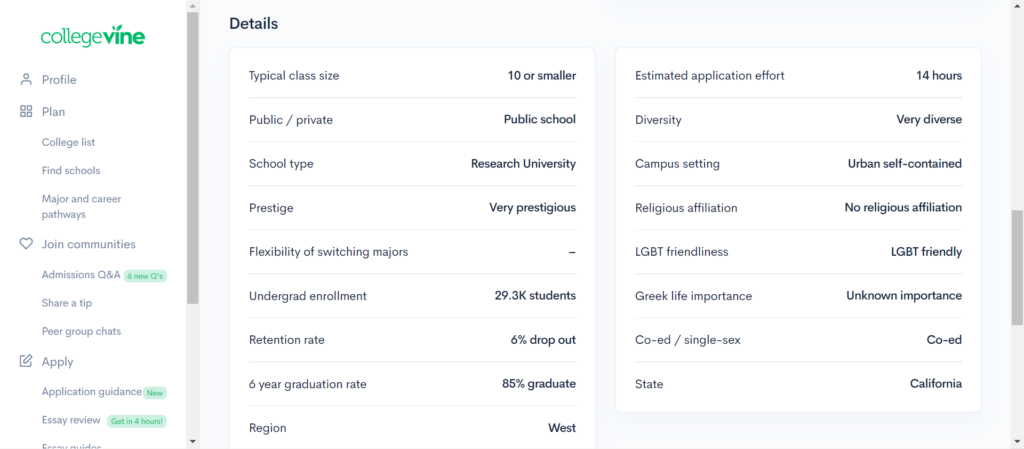How Will Coronavirus Impact Transfer Students?
The Coronavirus pandemic has disrupted nearly every sector of life, including higher education. Prospective and current students alike are facing an unprecedented situation, with many schools closing temporarily or moving courses online. If you were planning to transfer at the start of the fall 2020 semester, how will COVID-19 affect the admissions process? Keep reading for advice for transfer students. Since college campuses have shut down, admissions officers are working remotely, which may delay transfer decisions. If you receive a decision later, colleges will likely also extend your deposit deadline. The Admissions Community Cultivating Equity and Peace Today (ACCEPT) is advocating for colleges to extend the deposit deadline from May 1st to June 1st. Many schools have already done so, including the University of Arizona, Purdue, and Ohio University. This delayed deposit date could be beneficial for you for a number of reasons. For one, you’ll have more time to decide on the school that’s right for you, which is especially important as college visits have been canceled. You will also be able to compare and potentially leverage financial aid packages, which is beneficial during a time of economic instability for many students. Most institutions have either shuttered completely or moved instruction online during the Coronavirus outbreak. Because schools are dealing with a lot of paperwork, you could encounter delays with your mid-year reports, which are generally necessary for completing your transfer applications. The best course of action is to contact the admissions offices of the colleges to which you’ve applied. They may give you an extension or offer an alternative way of verifying your grades. This unprecedented pandemic could affect your grades — you might be experiencing economic strain or have difficulty with an online learning environment, for instance. If your grades drop, you should contact the admissions offices of your prospective schools to explain your situation. If your coursework is impacted because you don’t have wifi, keep in mind that some providers are willing to help. Charter Communications, for example, is offering free Spectrum wifi for 60 days to households with K-12 and college students. The Coronavirus pandemic has made it difficult (and often impossible) for prospective transfer students and incoming freshmen to visit colleges. That means you’ll have to look for alternatives to help you learn about the schools to determine whether they’re good fits. Williams College, for example, offers virtual materials, including the ability to connect with current students online to ask questions about what it’s like to be a student there. The University of Washington and the University of Tampa, meanwhile, are holding virtual tours. Many colleges offer additional materials, such as blogs or vlogs from current students. Check out Harvard’s Student Stories, as well as videos and blogs covering everything from academics to life in Baltimore at Johns Hopkins. Almost every college also has accepted student Facebook groups — search for older class years to ask questions of current students. There are many factors to consider when making your decision — at all times, not just during the COVID-19 outbreak. Think about: For an easy way to compare schools, visit our free college admissions platform. On each school profile page, you’ll find information about the campus setting, housing, weather, diversity, and more. Sign up for your free CollegeVine account today for help deciding on your best-fit school! These are difficult times for everyone. At CollegeVine, we’re here to support you. COVID-19 is a constantly-changing situation, and we want to ensure you have access to the most up-to-date info in one place. Visit our Coronavirus Info Center to check for any new developments in college admissions during these unusual circumstances.Transfer Decisions
Mid-Year Reports
What to Do If Your Grades Drop

How to Decide on a College When Visits Are Canceled



